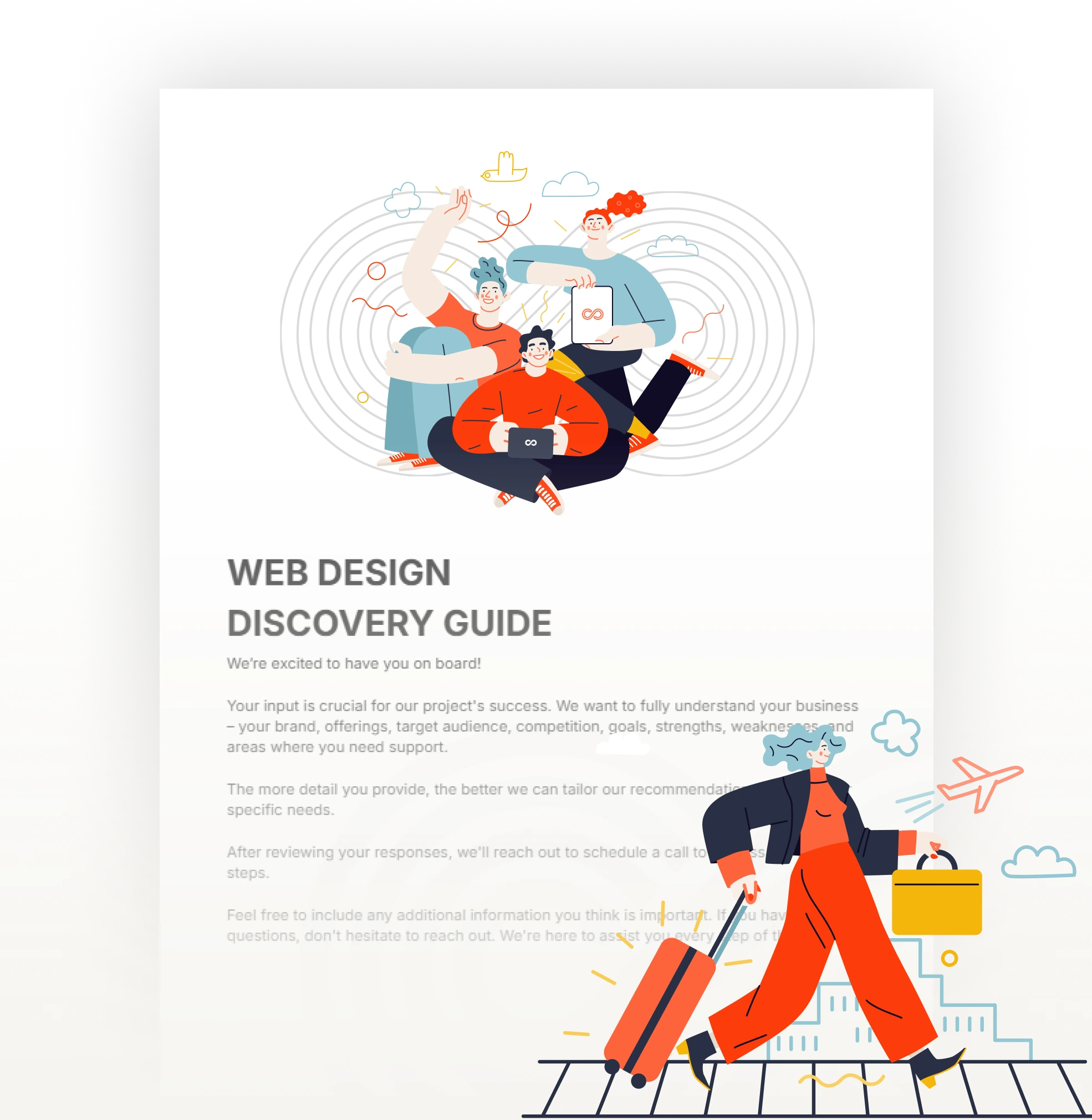Aligned Position Web Design: Transform Your Online Presence with Expert Web Design Services
The Most Effective Kinds Of Website Design to Boost User Experience and Involvement
In the ever-evolving landscape of electronic communication, the performance of Web style dramatically affects customer experience and engagement. Various style methods, such as minimalist, responsive, and interactive layouts, each deal special benefits that can provide to diverse individual needs.
Minimalist Web Layout
As digital landscapes come to be increasingly chaotic, minimal Web style has emerged as a powerful method to boosting individual experience. This style ideology focuses on simpleness, concentrating on important components while eliminating unnecessary distractions. By using enough white room, simple navigating, and a restricted shade palette, minimal style promotes quality and routes customer attention to essential web content.
The core concept of minimalist Web design is to produce a seamless communication for individuals. By reducing cognitive lots, users can promptly realize info without really feeling overwhelmed. This direct approach not only boosts functionality but likewise motivates involvement, as visitors are more probable to discover a website that is visually attractive and very easy to navigate.
In addition, minimal style typically emphasizes typography and imagery, making use of these components strategically to share messages properly. This focus on crucial parts can boost brand name identification and develop a memorable individual experience. Basically, minimal Web style is not simply a fad; it is a thoughtful technique that recognizes the importance of user-centered layout. By stripping away additional components, developers can produce an extra appealing, reliable, and pleasurable Web experience for all users.
Receptive Website Design
In today's diverse digital atmosphere, receptive Web layout has actually come to be necessary for developing a smooth customer experience across a multitude of devices. As individuals gain access to internet sites on smartphones, tablets, desktops, and laptops, the ability of a web site to adjust its format and web content to different display dimensions and resolutions is important.
Responsive Web style employs flexible grids, photos, and CSS media queries to ensure that Web content is provided efficiently, no matter the device made use of. This strategy not only improves the aesthetic appeal of a site however likewise dramatically boosts usability. Users are most likely to involve with a site that provides a constant experience, as it eliminates the disappointment of having to focus or scroll exceedingly.
By adopting receptive design, companies can boost their presence and get to a more comprehensive target market. In recap, responsive Web layout is a fundamental method that improves individual experience, engagement, and overall satisfaction.
Interactive Website Design
Receptive website design prepares for boosting customer experience, yet interactive Web design takes this an action further by involving users in a much more vibrant method - Aligned Position Web Design. By incorporating elements such as computer animations, clickable models, and real-time feedback, interactive website design mesmerizes individuals, attracting them into a richer browsing experience
This strategy not only cultivates engagement however likewise urges users to explore material proactively instead of passively consuming it. Strategies such as gamification, where customers make incentives for completing jobs, can dramatically enhance the time invested in a website and improve general complete satisfaction. Moreover, interactive features can simplify intricate details, making it much more digestible and delightful.

Including interactive style components can also cause greater conversion prices, as individuals are extra most likely to involve with a website that proactively includes them. Aligned Position Web Design. Eventually, interactive Web style changes user experiences right into remarkable trips, ensuring that site visitors return time and again
Flat Design
Identified by its minimalistic strategy, level design emphasizes simplicity and capability, removing unneeded aspects and concentrating on essential attributes. This style viewpoint prioritizes use, making sure that customers can navigate user interfaces effortlessly and effectiveness. By utilizing a clean visual, level style eliminates the clutter commonly discovered in much more ornate styles, consequently enhancing customer focus on web content and performance.
The trademark of flat style hinges on its use strong colors, straightforward typography, and geometric forms. These components add to a visually attractive interface that is both friendly and modern. Additionally, level design cultivates a sense of clarity, enabling customers to recognize essential actions and info without distraction.
Furthermore, flat style is specifically efficient in responsive Web style, as its simplicity translates well across different devices and screen sizes. By focusing on necessary functions, flat style not only fulfills individual requirements but see this page likewise urges smooth communication, making it a crucial part of reliable Web layout approaches.
Adaptive Website Design
Adaptive Web layout customizes the customer experience by creating several fixed formats tailored to various display sizes and devices. Unlike responsive layout, which fluidly adjusts a solitary design, flexible style uses distinct formats for details breakpoints, making sure optimum discussion on various systems. This strategy enables developers to focus on the one-of-a-kind attributes of each gadget, improving usability by supplying precisely what individuals need based upon their context.
Among the main advantages of flexible Web design is its ability to maximize tons times and efficiency. By offering customized web content and images that fit the individual's tool, internet sites can reduce information use and boost loading rates. This is specifically advantageous for individuals with slower connections or limited data plans.

In addition, adaptive design helps with an extra regular and regulated branding experience. Considering that designers develop his response numerous designs, they can guarantee that the aesthetic aspects line up with the brand's identification throughout various systems - Aligned Position Web Design. This leads to a cohesive individual experience, boosting engagement and promoting customer retention
Verdict
In verdict, the combination of minimalist, receptive, and interactive Web style concepts significantly enhances user experience and engagement. Minimal design promotes quality and focus, while responsive style guarantees flexibility across various devices, advertising availability. Interactive layout astounds customers through vibrant aspects, urging expedition and customization. Jointly, these layout comes close to add to the production of straightforward atmospheres that not just enhance complete satisfaction yet also drive greater conversion prices, underscoring their vital significance in modern Web layout approaches.

Minimalist layout promotes clearness and emphasis, while responsive design guarantees flexibility throughout various devices, advertising accessibility. Collectively, these design approaches contribute to the development of straightforward environments that not only enhance contentment but additionally drive higher conversion rates, underscoring their crucial importance in modern Web design strategies.